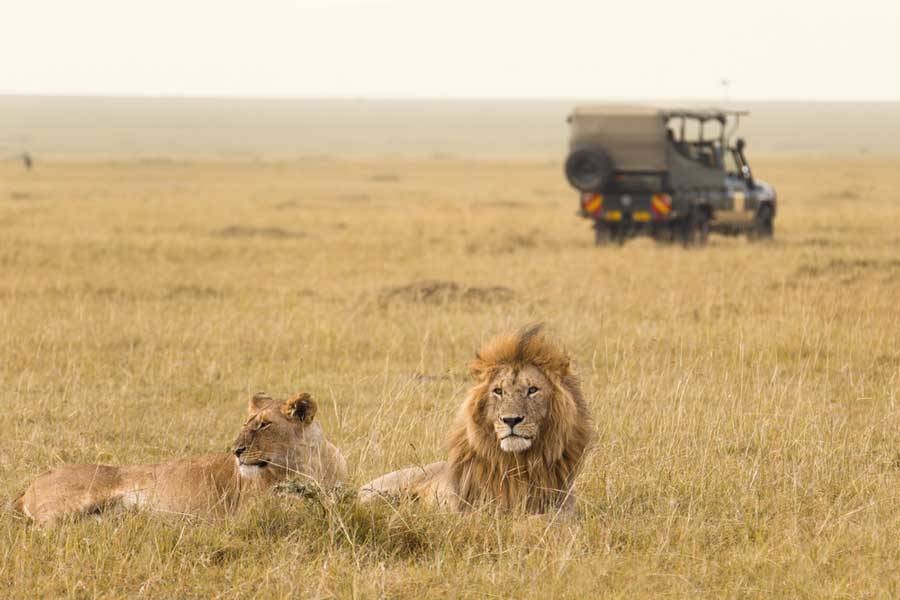Social responsibility in business is becoming more and more common. It is more than just writing a donation cheque or running an annual fundraiser. It’s making social responsibility a part of your business model and business processes. 90% of global consumers say they would switch brands to buy from one that is associated with a charitable organization. The Bottom Line of the 1980s and 1990s has transformed into the Triple Bottom Line in the 2000s.
People, planet, profit
It’s when a company weaves charitable giving and awareness into their business model such as Tom’s shoes, Warby Parker, or Ten Tree. The business model behind Tom’s and Warby Parker is to supply a pair of shoes or seeing eyeglasses to someone in need every time you shop with them – Buy One, Give One. Ten Trees is an apparel company that plants ten trees for every item purchased. All these companies also use their business model and resources to provide training and jobs in places stricken by poverty and in need of economic stimulation.
The cost of their philanthropy is woven into the price a consumer pays. These models have also proven to be effective in drawing customers to your business over the competition regardless of price because the customer feels they are being socially responsible.
There are many reasons a business owner would want to incorporate social aspects into their business: a desire to do good, a tax write-off, a marketing opportunity. Whatever the reason is, make it clear from the beginning so it is sincere and you devote the right amount of time and energy into it.
Next, consider what kind of cause is important to you and will align well with your business. It may be a global issue that you’ve been following in the news, a social issue that you feel strongly about supporting – such as an ailment you know someone suffering from, an organization that once supported you or a loved one, or a natural disaster that occurred close to home. Once you’ve found a good fit, contact them and do some research into what they actually need as it’s not always just money. Here is a list of more socially responsible companies to see what others are doing.
Now it’s time to figure out how you will weave the charitable giving and awareness into your regular business model and processes like in the examples of Tom’s, Warby Parker, and Ten Tree.
There are many creative ways to do this – here are some ideas:
- A dollar amount or percentage of every ticket sale could go to the charitable organization
- An item may be purchased and donated for every ticket sold like Tom’s or Warby Parker
- Tour groups could have some hands-on experience during their tour that will directly help and impact the organization such as planting a tree or learning a craft (like candle making) and donating the items created
- A portion of sales goes towards educating and/or taking underprivileged children on the tour throughout the year
- Provide fair-trade, socially responsible souvenirs to your guests that support a community or charitable organization

In my own travels, I once went on a tour through southern Africa. We stopped and visited tribes where we learned about their culture and made traditional crafts, clothing, and tools with them. The items we helped make were used to sell in markets and provide more economic growth for the tribes.
Market your business’ social responsibility to attract customers. As long as your efforts are sincere, it will come across in your marketing and advertising efforts. Use the regular channels you are already using such as your website, social media channels, and purchased media to talk about the charitable organization the business is supporting and how your customers are giving too. As time goes on, you will be able to share stories of the organization and the difference your business has been able to make.
Here are some examples of charity and business alignment:
- Historical/art walking tour – a museum or community art project
- Safari tour – safari conservation and animal protection
- Outdoor adventures – environmental protection
- Food and drink tours – soup kitchens and community shelters
- Off-the-beaten-path trekking – Habitat for Humanity
- Ecotour – microloan financing
Consumers, especially millennials, have shown that they care where their dollars are going. When given the option, they prefer socially responsible business. Initiating a socially responsible program into your business is a powerful way to differentiate from the rest. It may take time to see the difference your program is making, but by carefully and sincerely implementing it into your business model and processes it will make it easier to stay committed and make an impact.

Subscribe to the Checkfront Newsletter
Read new tips on how to get more bookings every month.



